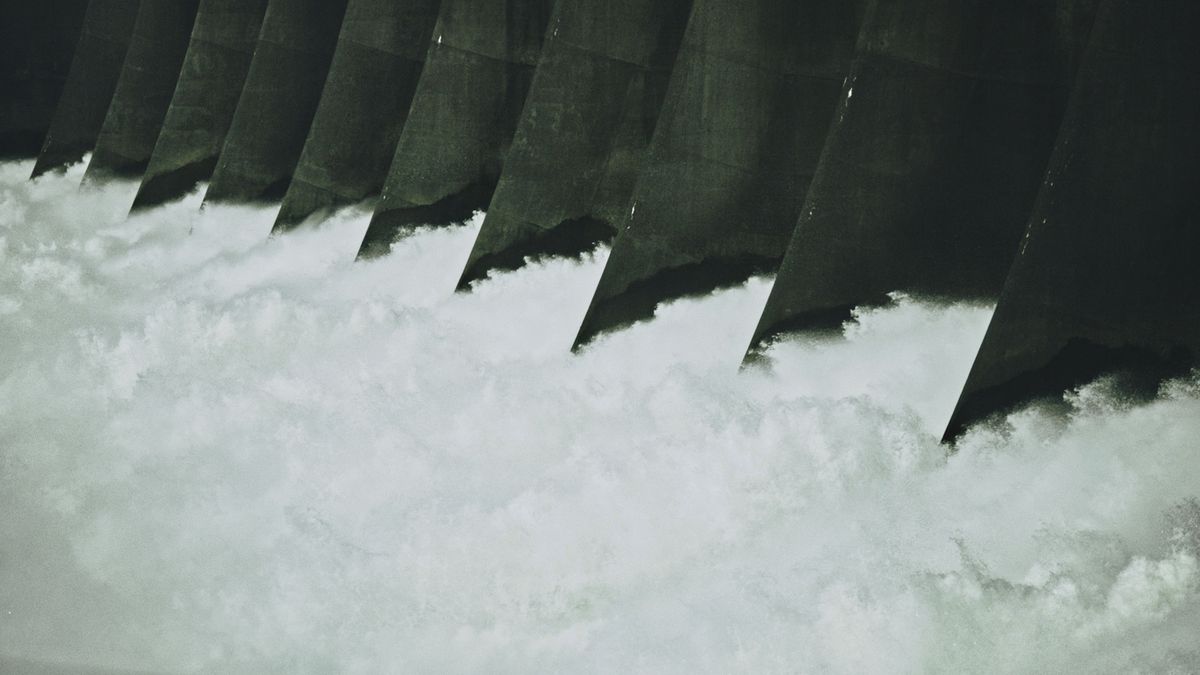Why hydropower is critical to the food supply

I recently went camping with my daughter near Tonasket, Washington. Being from Vancouver—the one by Portland—we took in a lot of scenery during our seven-hour drive up north. I was once again struck by the incredible geographic diversity of our state, from Vancouver’s low-elevation flood plains to Okanogan County’s high desert country.
When you drive through Central Washington, you see dramatic landscapes created by irrigation along the Columbia River and its tributaries. There are stunning canyons reminiscent of the Wild West contrasted against the greenest fields you could lay eyes on. The combination of sunshine, heat, and irrigation produces some of the best produce in the world. I seriously can’t get enough apples from the Wenatchee area.
As a result, Washington is the nation’s top producer of apples, blueberries, hops, pears, and sweet cherries, and not far behind in potatoes, apricots, grapes, and raspberries.
One thing that you might not be aware of is how the dams in the Columbia River Basin make this rich oasis possible. The reservoirs behind dams provide an important source of irrigation for large areas of Northwest agricultural land that would otherwise be too dry to farm. Six percent of the Columbia River Basin’s yearly runoff is used to irrigate about 7.8 million acres of Northwest farmland.
Of course, the trick is to get the water from the river up to the crops. This effort requires industrial-scale pumps and electricity to run them. Thankfully, those same dams produce the most affordable clean energy in the United States, which gives Washington farmers a big advantage. In some cases, California growers pay more than 10 times the amount for power than our farmers do. Those costs show up in a big way at the supermarket.
Not only does hydropower from Northwest dams help keep the cost of food more affordable by providing cheaper electricity, but dams also regulate the flow of water in the river. Elevation can change quickly in a free-flowing river, and rivers without dams are subject to much more near-term flooding or drought-like conditions.
The Columbia River Basin’s combination of large storage dam and smaller run-of-river dams helps keep river flows steadier hour-to-hour, day-to-day, and even season-to-season. This characteristic is important to irrigation, because it allows for shorter pipes and smaller irrigation pumps to pull the water from a river with a more consistent elevation. In some cases, there would be no water during low-flow summer periods if the dams were removed.
The smaller pumps also mean that less electricity is used by farmers, which is an important factor in energy conservation and cost savings for consumers.
The dams are also a big benefit to our region’s farmers when it comes to transporting their goods. Barges utilizing the navigable waterways made possible by dams provide the least carbon-intensive means of shipping, producing only a fraction of the emissions of trucks or trains. The Columbia-Snake River barging and ports system represents the largest export corridor of wheat in the United States, and its numbers are growing.
Our hydropower system often graces history books for bringing modern electrification to the Pacific Northwest. But for those who grow our favorite foods, the dams are recognized for their role in almost every aspect of the effort—from seed to supermarket.